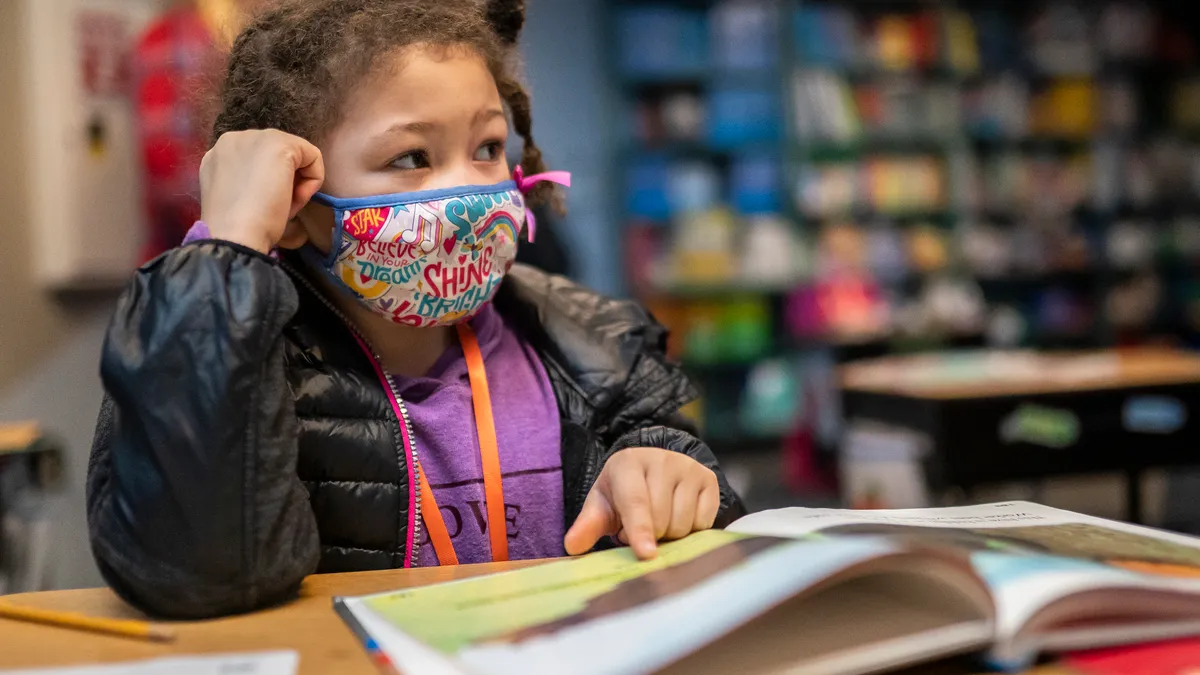Dive Brief:
- As many students return this fall to full-time, in-person learning for the first time in a year and a half, school leaders can make the transition a little easier by taking steps to create a culture of respect, acceptance and inclusion, Becki Cohn-Vargas, a veteran educator and administrator, writes for Edutopia. Doing so, she suggests, can improve overall achievement and ease anxiety.
- Cohn-Vargas urges school leaders to introduce the concept of identity safety — where students are assured their social identities are an asset rather than a hindrance to success — and to extend the culture of inclusion to the broader school community by making family events like science fairs and celebrations validating to all.
- School leaders should also take time to re-examine disciplinary policies and build a system that is equitable to students of all races. And since the return to full-time, in-person learning may also be difficult for staff, she also suggests school leaders pay attention to the wellness of the adults because the emotional support given to faculty and staff will make its way back to students.
Dive Insight:
Students returning to regular school schedules after 18 months of remote or hybrid school will likely need some time to readjust. Being in crowded areas or in large groups may be jarring for some after so many months spent social distancing. Some may also need time to catch up academically and reconnect with peers if they were unable to participate in the summer programming offered in many districts to help alleviate those needs.
Mental health will be one of the top concerns when school starts. Educators can engage younger students in social-emotional learning by asking them to collaborate in creating a shared classroom agreement. The agreement allows students to contribute their thoughts and expectations on issues such as how people should be treated, how students can best feel emotionally safe in school, and how to address any problems which may arise. For older students, journaling can support social-emotional learning and help adults identify potential areas of concern.
As the school year approaches, administrators are also trying to find those students that went missing from virtual learning during the pandemic. Some school leaders are working to re-engage those students and their families by reaching out and even going door-to-door.
For example, school leaders at Collinsville High School in Illinois hold Mobile Mondays for faculty to reach out to disengaged students and offer support. Inviting families into the school for registration or an early open house will also ease the transition while giving officials an opportunity to reassure hesitant parents.












